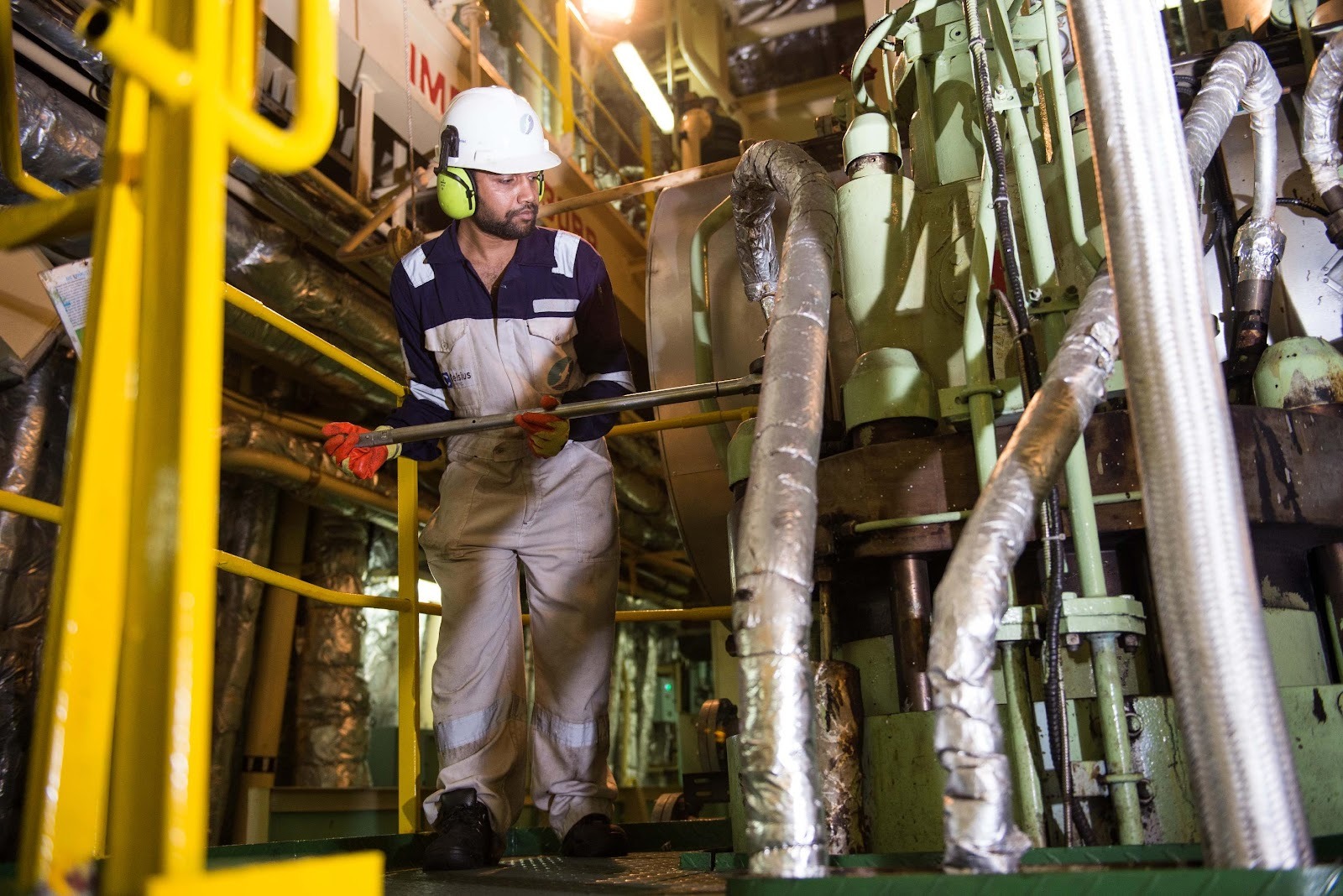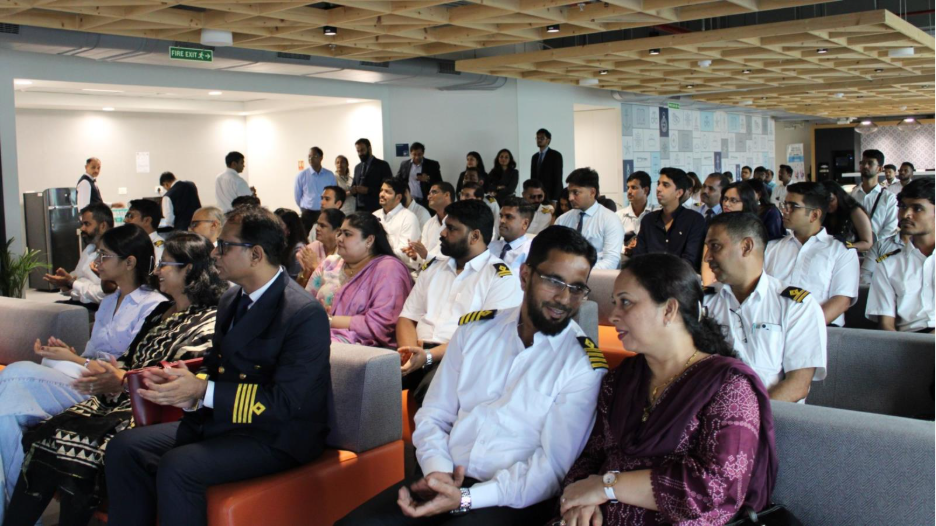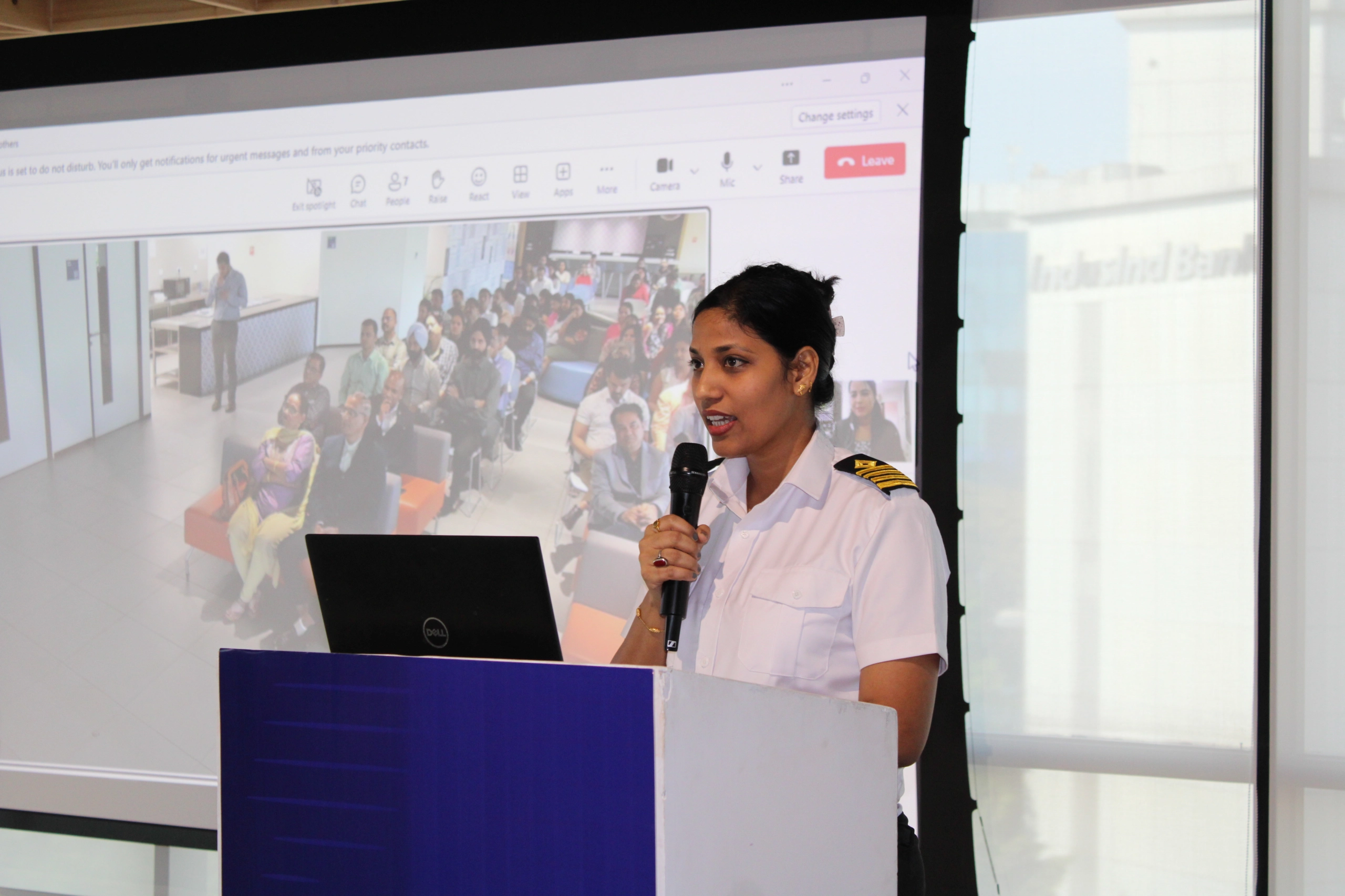
At Fleet Management, safety has always been at the heart of all operations, both onshore and offshore. As one of the world’s leading ship management companies, we are committed to harnessing and utilising cutting-edge technology to protect seafarers, vessels, and the maritime ecosystem.
Artificial intelligence (AI) is already transforming safety at sea, and its potential is immense. But as the industry moves forward, one pressing question remains: How do we ensure AI is implemented safely?
The Safety Challenge at Sea
Despite rigorous regulation and advancements in training, human error remains the leading cause of maritime incidents. In response, AI could be a powerful tool for improving safety and reducing human error by helping crews to predict risks, and automating critical processes.
The complexity of modern shipping demands smarter, data driven solutions - ones that don’t just react to problems but prevent them from happening in the first place. The challenge is integrating AI in a way that supports human expertise rather than replacing it.
AI-Driven Safety Innovations
Fleet Management is actively exploring and deploying AI-powered safety solutions in critical areas:
- AI-powered CCTV and video analytics: Automated monitoring systems can detect unsafe onboard practices, such as improper use of PPE or early warning signs of equipment failure, alerting the crew and allowing for faster intervention.
- Safer route planning: AI-assisted route planning doesn’t just optimise for efficiency; it also ensures safe navigation by factoring in weather conditions, maritime traffic, and risk zones.
- Real-time situational awareness systems: AI-driven platforms use sensors, radar, automatic identification system (AIS), and cameras to detect obstacles, small vessels, and navigational hazards even in low visibility conditions. This technology can significantly reduce collision risks in busy waterways.
- Predictive maintenance: AI-powered predictive analytics help to anticipate equipment failures before they happen, allowing proactive maintenance that minimises operational disruptions. This approach improves vessel reliability, making operations safer and more efficient.
Overcoming Challenges: The Road to AI-Enabled Safety at Scale
While AI has the potential to transform maritime safety, we must research, test and ensure that technologies are reliable, accurate, and easy to deploy on ships in practice. Without careful implementation, AI could pose as new risks rather than solving existing ones. Some of the challenges that the industry is grappling with include:
- Data quality: AI is only as effective as the data it processes. Many fleets operate with fragmented, inconsistent, and non-standardised data, making it difficult to develop AI models which can reliably enhance safety. We need to install technology and educate users in advance.
- Interoperability between systems: With multiple manufacturers offering proprietary technologies, integration remains a challenge. A unified industry standard like SFI codes could ensure that AI solutions work cohesively across fleets and ports.
- The risk of false positives: AI must be rigorously trained to differentiate real risks from false alarms. Otherwise, crews may experience "alert fatigue" which could lead to critical warnings being ignored and safety being compromised.
- Balancing AI and human decision-making: An over-reliance on AI could undermine seafarers’ intuition and judgment, both of which remain crucial safeguards. Fleet Management advocates for a Human-in-the-Loop (HITL) approach, where AI provides decision support, but the final call always rests with trained personnel.
AI is just one tool in our safety toolbox - it’s not a magic fix. The key is knowing when and how to use it effectively.
The Future of AI in Maritime Safety
AI-driven safety innovations support Fleet Management’s "Powered by People" philosophy, uncovering technology which can empower and help our crews now and in the future. By combining AI with human expertise and experience, we can strengthen critical safety decisions making. To realise this potential, Fleet Management is exploring:
- AI-verified compliance monitoring: The technologies have potential to audit vessels in real time using AI, drones, and robotics. This approach is similar to how AI-powered risk assessment models are used in automotive and insurance industries.
- Proactive safety frameworks: AI models that continuously analyse real world data to refine risk assessments and update safety protocols continuously.
- Cross-industry collaboration: As AI adoption grows, interoperability, regulatory alignment, and data sharing will be essential in defining the next generation of safety standards. Fleet Management is committed to working with partners, regulators, and technology providers to drive these efforts forward.
A Tool, Not a Replacement
AI is an exciting tool which can support our team, enhance decision making, and free up time to spend on higher value or more fulfilling tasks. By embracing AI responsibly and proactively, Fleet Management is shaping a future where maritime safety is not just reactive, but truly predictive and preventive.
The most effective safety framework will always be one where AI and human expertise work in unison, ensuring smarter, safer, and more resilient shipping operations.





.png)






-min.png)















